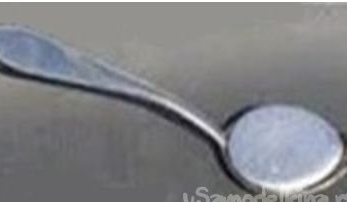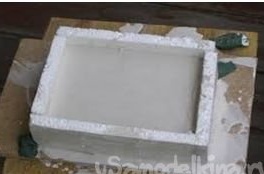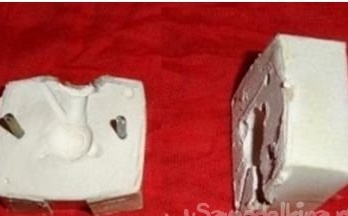
Today, many fishermen prefer the independent manufacture of gear, but this is not associated with a certain savings, although, in this case, it is also present. Mostly creating sinkers do it yourself, you can make the size, shape and weight that are necessary for the angler himself, based on his preferences and experience.
In principle, absolutely any sinker can be cast on its own, but if we are talking about a standard fishing rod, then nothing needs to be cast here. It is enough to find a piece of lead that is suitable by weight and process it with a file or pliers. It will also be much easier for those who combine fishing and hunting, because an almost finished sinker is a lead pellet that can easily be upgraded to a sinker by a small incision.

As for the bottom gear, weights of a certain shape and weight are needed here. The material for such sinkers can be battery plates, from which lead is smelted and poured into a spoon scoop. When the lead cools down, it remains only to drill a small hole in the sinker (from the narrow side).
Particularly noteworthy is the casting of cargo for spinning fishing, because such sinkers differ in a more complex form than a tablespoon. That is why a special form is needed here.
When choosing a material for a mold, it should be remembered that a matrix that is simpler to manufacture makes it unusable faster. As a rule, the most common material for such forms is gypsum or metal, where the gypsum base is a faster and easier option in the casting of sinkers, but it can only withstand a few castings.

The basis for the matrix can serve as an empty cardboard box, or a matchbox or ordinary polystyrene, into which gypsum is poured (which by consistency should be like thick sour cream), and an existing copy of the sinker is gently pressed into it (but only until the middle) pre-lubricated with oil or petroleum jelly. After drying completely,

we extract our sample and do the same procedure with the second half of the form. Next, a pair of grooves for air and a funnel for pouring should be cut.A round file and a sharp boot knife are ideal for this. For better grip and a snug fit, a pair of pins should be installed on the form, which can be made from ordinary wire, a nail or bolts.
As for the metal molds, you can do it yourself only with special equipment or order it from friends who work in any enterprise that has metal-working machines. Such a matrix will serve you for many years and will be an indispensable assistant in the manufacture of gear.
